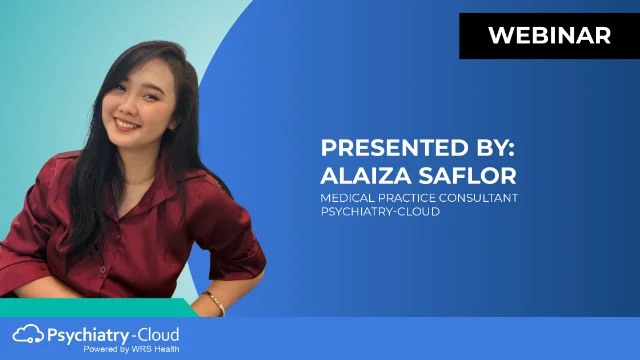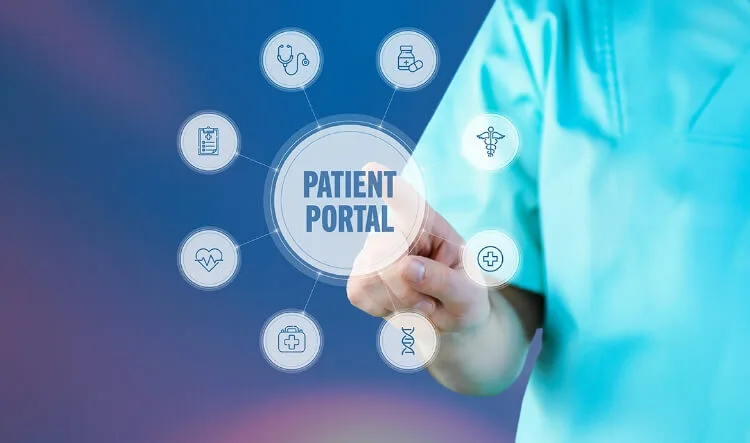In order to answer the question of whether your psychiatry EHR is worth the price you are paying for it, you must know how well it meets your needs. A psychiatry EHR may include a suite of software for arranging schedules, creating and updating patient notes, electronic billing, and more.
With more than a hundred providers competing for your practice’s electronic health record budget, start by reviewing those EHRs designed for specific use by mental health professionals. Select an EHR certified for meaningful use (MU) to meet compliance standards. Ideally, providers should evaluate the practice’s patient and business goals before evaluating these systems. A short list of features for mental health providers is likely to include:
- HIPAA compliance
- Electronic chart documentation
- Electronic prescription capability
- Patient scheduling
- Billing and coding
- Document management (including the ability to scan physical paper files and attach them to the patient’s electronic chart)
- Dictation management (including the ability to upload dictation from a voice-recognition software program)
Features like interoffice messaging, patient health questionnaires, lab interface, and charting apps are important to some practices. Select communication and measurement tools that are frequently used to simplify the user’s experience.
Consider Conversion of Paper Files and Folders
Selecting and implementing a mental healthcare EHR can be accomplished in baby steps. Consider what will happen to existing physical patient files first. For instance, know if the EHR can ingest existing patient files with ease. Learning that the system must start with new patient encounters could get users off to a less than enthusiastic start.
Providers may worry about the ability to embrace the transition from physical to electron files. If concerned, use paper files for a period of time until using the EHR system is second-nature. The extra steps needed to refer to outdated paper charts is unnecessary when all patient data is already in the EHR system.
Most providers want to scan existing documents into the EHR from the start. A paperless future is a common practice goal. A desktop scanner, printer/scanner, or tablet/mobile app can be used to accomplish the task. Alternatively, the provider(s) can go through each physical file and decide the most important records to scan into the EHR.
Patient Notes
The mental health provider’s creation of patient notes is an essential task. A psychiatry-specific customizable template system can facilitate the creation of these records. Some template systems allow the provider to create a narrative note by clicking on several buttons.
For instance, if a trial patient note begins with the history of previous illness (HPI), screen prompts may include “The patient has symptoms” with a list of additional options such as dementia, depression, and psychosis. By clicking on depression, the system suggests “Mrs. Jones has depressive disorder symptoms.” Simultaneously, specifiers that may relate to the note may include speed of onset or suicidality. Clicking on onset speed may bring up a list that includes choices like gradual or sudden. Clicking gradual, a list of time options, such as hours, days, weeks, etc., may appear.
Completing the patient narrative can be achieved more quickly because the psychiatrist is able to select frequently used terms or sentences relating to specific types of patients. Of course, the user can decide to type the note or create additional custom selections.
Costs Vs. User Satisfaction
Costs of mental health-specific EHRs vary widely in price. Knowing if your mental health EHR is worth the price can include approximating the return on investment (ROI). Most EHRs used by prescribing psychiatrists and physicians include an annual cost (billed monthly or in full) and an annual licensing fee. Non-prescribing providers pay lower access costs.
Discounts may apply for group practices, students, not-for-profit organizations, or new practices. Users may pay addition fees to use e-billing or choose to integrate with a current billing interface.
Calculate ROI by gathering costs in comparison to savings. Time saved on operation tasks can be a natural starting point. Future measures used by the practice can guide providers in establishing and improving best practices.










